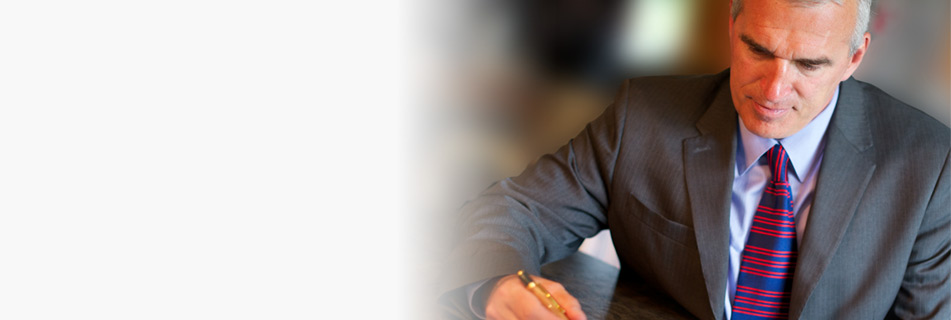Learn How to Build Wealth Volume 1–Use The Power of Time
Time is one of the most important factors in growing investments. As we saw with the Rule of 72 in the previous activity, the number of doubling periods depends on the average rate of return, and the amount of time available. The combination of time and rates of return allows investments to compound in growth. The higher the rate of return the more productive our asset can be.
Learn How to Build Wealth Volume 1–Invest the Difference Wisely
There are very few secrets to building wealth.
- Have Goals
- Ensure Cash inflow is larger than cash outflow
- Invest the difference wisely
- Don’t make money the prize.
We have spent lots of time talking about goals and managing cash flow. Now we will talk about what to do with the extra money.
Most likely we have spent a lot of time finding ways to work smarter, so we can be more productive. The Rule of 72, discovered by Albert Einstein, is a simple formula that can be used to relate time and productivity of an asset. By understanding the Rule of 72 we can see how important time affects the value of assets over time.
Learn How to Build Wealth Volume 1–Why Build It?
Learn How to Build Wealth Volume 1–What is Financial Wealth?
Building or developing individual financial wealth is simply the process of accumulating assets that will be used to achieve certain goals. The level of wealth can mean different things to different people. Some may say they are wealthy when they can pay their bills on time, while others feel they are wealthy if they live in an expensive home, make lots of money, or drive a nice car. Regardless of how we may define our level of financial wealth, planning plays and important role.
In Course 3 “Personal Finance 101”, we referred to retirement as living out our final 7000 sleeps without exchanging time for money. To experience true retirement we must reach one of the following levels of financial wealth.
Learn How to Build Wealth Volume 1–Potential
The foundation of a personal financial game plan includes; identifying goals and their cost, controlling cash flow and saving money, managing debt, and ensuring proper protection is in place. With these things in order we can now begin building wealth.
Before beginning to discover such things as why and how wealth should be built, we need to determine what wealth is. Wealth is simply an abundance of a valuable resource. It normally includes; property (business, real estate), money, and other tangible possessions. However, there are other forms of wealth.
We all know people that possess certain talents; such as physical attractiveness, mental toughness, emotional stability, or spiritual fortitude. There is also creative wealth when putting words to prose, notes to music, or steps to dance in an effortless manner.
Regardless of the talents we posses it is important to utilize our gifts to achieve our financial goals. In this book we will discover how to build financial wealth.
Learn How to Build Wealth Volume 1–Introduction
Course Overview
We all have different ideas of what it means to have financial wealth. For some building financial wealth would mean having the resources to pay bills each month while others may want to fund retirement with multiple streams of income. Regardless how we define financial wealth in the end it will require us to have the money to pay for our goals.
Within this course students will discover what wealth is, why it is important to build, and general strategies to build it. Upon successful completion of this course students will be able to identify wealth building opportunities and how they interact with reaching financial goals by learning:
Course Outcomes
After completing this course, students will have learned:
- Financial resources needed for specific goals including retirement lifestyles.
- The concept of time value of money.
- To identify strategies for investing.
- The power of compound interest and the importance of starting early in implementing a financial plan.
- Options for purchasing financial assets to achieve goals.
- The effects inflation has on savings and investments.
- The affect inflation has on the cost of living.
- To select appropriate financial products to achieve different financial goals.
Protect Your Assets–Estate
You have no doubt worked your whole life to acquire assets. Whether you assets include such things as; a house, furniture, cottage, car, coin collection, business, or savings and investments it is important to give instructions as to what to do with your estate when you die or are incapacitated.
Estate planning is the process of organizing the transfer or disposing of your assets. A well thought out estate plan ensures that those left behind are cared for and that your possessions go to the people you want them to in the time frame you want them to receive them.
Documents that are most commonly used to create an estate plan include a;
• Will Click Here
• Power of Attorney Click Here
• Personal Directives Click Here
A will, according to the Financial Consumer Agency of Canada, is a legal document that says how you want your estate to be divided once you die. A power of attorney is also a legal document that gives a person the authority to manage your assets in event you cannot. This is commonly due to the fact that you are not dead but are in no mental condition to make decisions regarding how to manage your assets.
A personal directive, according to the Government of Alberta, is also a legal document that gives a person the authority to make health related decisions on your behalf in event you cannot. This is also mainly due to the fact that you are suffering from an illness or injury.
Life insurance is often used to offset the costs often associated with transferring assets. Generally these costs includes but not limited to paying; the final tax bill, estate transfer fees, and gifting to charities. Ensure your estate plan is updated on a regular basis and is well organized. Also ensure that family knows where to find your financial records and other estate documents.
Learn How to Build Wealth Volume 1–Wealth vs Income
Protect Your Assets–Putting it Together
Now that we have seen how assets can be protected it is time to create our own protection plan.
Click Here to use a dropbox link to download a very rough spreadsheet to help tie potential needs together with insurance production.
Protect Your Assets–But Don’t Spend Too Much
Purchasing insurance coverage to protect our assets is generally a smart way to avoid suffering catastrophic financial losses. However, finding the right balance of insurance coverage that will not break our personal bank can be a daunting task.
Whether our assets are physical in nature like a house or car, or they are intangible like our ability to earn an income, insurance is generally less expensive than replacing the lost or damaged assets. Below is a strategy used to balance insurance needs and insurance costs.
IMPORTANT LINK
Are you Eligible for Alberta Health Care Coverage?
What is Covered By Provincial Plan?
What is Not Covered Under the Provincial Plan?






